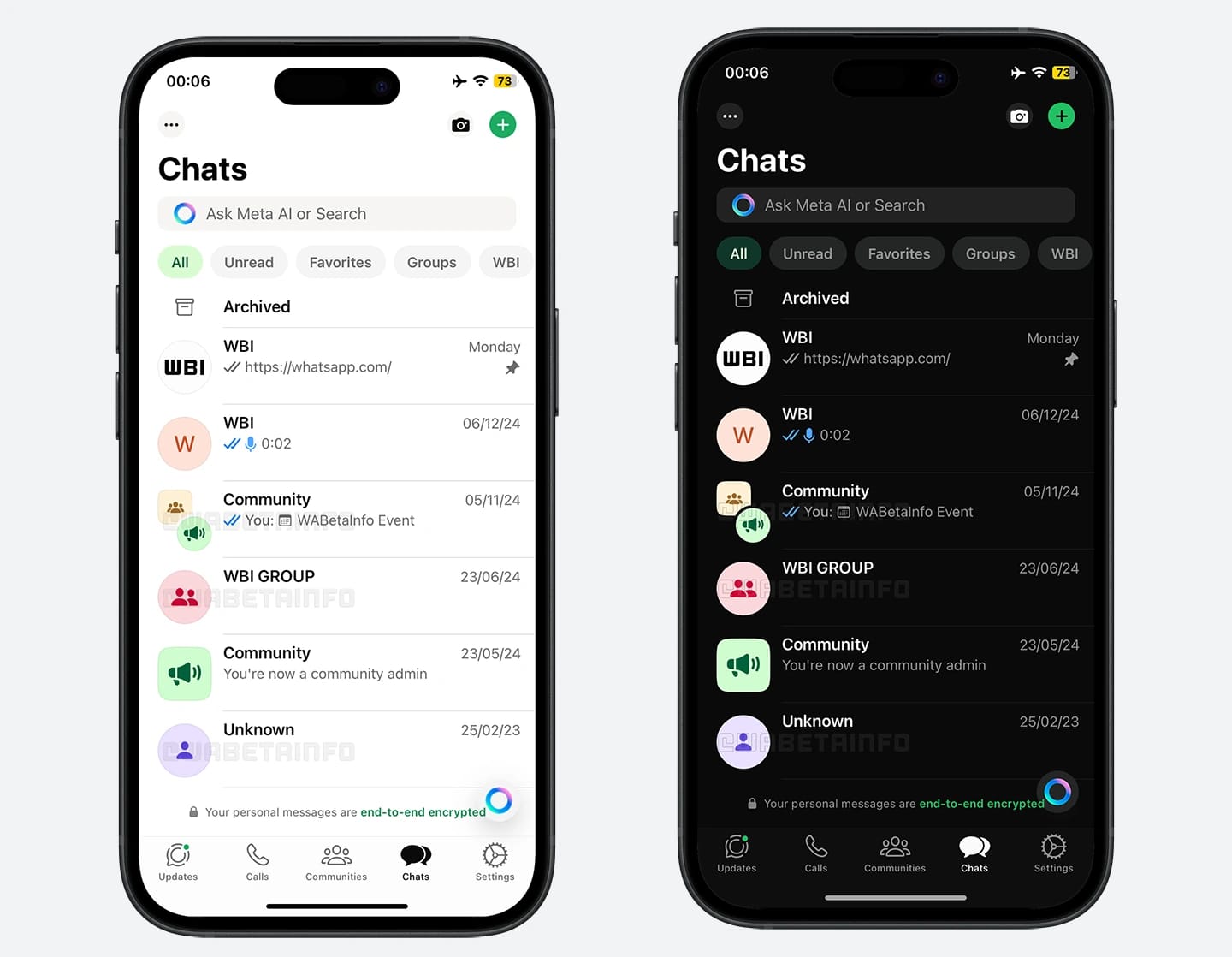Health systems in India face tremendous challenges in terms of quality, access, affordability and inequality. On the one hand, India has some of the best hospitals in the world that contribute to the growing medical tourism sector (Indo-Asian News Service, 2017). There is also a chronic shortage of qualified medical personnel: based on the assumption that 80 percent of these professionals are actually available for work, the ratio of available doctors to population can be estimated at 1:1,596 as estimated by the Central Health Intelligence Bureau in 2018. This ratio is significantly lower in rural areas, where patients have to travel miles for minimal care. Moreover, government spending on health is one of the lowest in the world – only 1.4 percent of India’s GDP was spent on health care in 2016–17 (Rao, 2018). Most Indians rely on private health providers – 79 percent of urban households and 72 percent of rural households accessed private health facilities in 2014 (National Sample Survey Office, 2014).
On the other hand, the private health care sector is highly fragmented and unregulated. Only 1 percent of private hospitals in India are formally accredited (Jyoti, 2017). Another concern is the affordability of health care: although 30 percent of total health expenditure is borne by the public sector, the remaining 70 percent is out-of-pocket expenses of patients (Rao, 2018). The high cost of private health care is a major driver of persistent poverty: in 2011, 55 million Indians were pushed below the official poverty line due to health care costs, 38 million of these fell below the poverty line due to the high cost of medication (Selvaraj, Farooqi, & Karan, 2018).
New ML or other AI technologies can help address these challenges by improving access to quality health care, especially in rural and low-income settings; addressing the unequal ratio of skilled doctors and patients; improving the training and efficiency of doctors and nurses, especially in complex procedures; and enabling the delivery of personalized health care at scale.
The recently released draft National Strategy for Artificial Intelligence in India highlights that ‘growing advances in technology, and the interest and activity of innovators, provide India with an opportunity to solve some of its long-standing challenges in providing appropriate healthcare to a large segment of its population’ (NITI Aayog, 2018a). The government is also trying to develop a national digital health infrastructure, as envisioned in recent policy documents such as the National Health Stack 2018 NITI Aayog 2018b and the National Digital Health Blueprint 2019 NDHB Ministry of Health and Family Welfare, 2019. Key features of this digital infrastructure include HealthLocker, an electronic national health registry and cloud-based data storage system that will serve as a single source of health data for the nation; a federal personal health record (PHR) framework that will allow data to be made available to both citizens and medical research; a coverage and claims platform that will support large health protection plans; a national health analytics platform; and a unique digital health ID for every citizen.
The government also implemented Ayushman Bharat, or the National Health Protection Scheme (2018), which was conceived to provide health insurance to families whose income is below the poverty line (India.gov.in, 2018). These developments build on earlier initiatives, including the National Health Policy (2017), which envisioned an integrated health information system linked to the Aadhaar system and enhancing public health outcomes through big data analytics. These policies set out state-supported or state-enabled digital infrastructure for the exchange of data, allowing the private sector to further innovate based on open APIs and national data portability (Press Information Bureau, 2019).
AI for Healthcare: AI being placed at the top of priorities means that it is fostering interconnections between technology corporations with the government and traditional healthcare companies. For example, NITI Aayog, the government’s official policy think-tank, is collaborating with Microsoft and medical technology start-up Forus Health to develop a pilot for early detection of DR.3. The Maharashtra state government has also entered into a Memorandum of Understanding. NITI Aayog and the Wadhwani AI Group will be launching the International Centre for Transformational Artificial Intelligence (ICTAI) with a focus on rural healthcare (Hebbar, 2018). As for the Telangana state government, it has chosen Microsoft Intelligent Network for iCare – a product developed through the Hyderabad-based LV Prasad Eye Institute (Gupta, 2018).
Since 2012, it has invested nearly $150 million in AI start-ups in India (NASSCOM, 2018). Most of the funding comes from companies that use AI technology. In this regard, it has raised about $77 million during 2017 alone. Already, several new start-ups are testing and offering a range of automated solutions, for example, analysis of medical tests for screening and diagnosis of diseases; patient management systems; and early detection and disease prevention systems (Misal, 2018). For example, Bangalore-based start-up, Niramai, is using ML to detect breast cancer at an early stage. Another start-up, ChironX, uses deep learning algorithms to detect retinal abnormalities; and start-up SigTuple is using AI to help create quick diagnostic tools that can help in better primary care and primary medicine. Large technology companies such as Google and Microsoft have also initiated research partnerships with leading hospitals to create and test diagnostic tools (Singh, 2020). This makes a strong argument for developing AI-based solutions for healthcare in India given the difficulty of providing high-quality healthcare at scale.
Undoubtedly, this process will not be easy and straightforward and raises many questions. What will be some of the potential challenges and risks in developing AI-based solutions for healthcare in India? To what extent are they different or consistent with the concerns raised in global narratives? Although still a very nascent sector in India, with only a few technology companies and start-ups that have begun developing and testing solutions, early identification of potential risks will avoid undesirable policy and technology lock-in. Some of the important use cases—or areas in which AI is being developed and deployed—will be discussed in the following sections. It then identifies some of the potential risks and challenges at different stages of development, adoption, and deployment.
Read Also:
- Ethical, Legal And Other Challenges In The Use Of Artificial Intelligence (AI) In Health Care
- Artificial Intelligence For Healthcare
- Challenges And Precautions Of Using Artificial Intelligence (AI) In Healthcare
- Some Examples Of Areas Where Artificial Intelligence (AI) Is Being Widely Used
- Current Application Of Artificial Intelligence In Healthcare








Leave a Reply